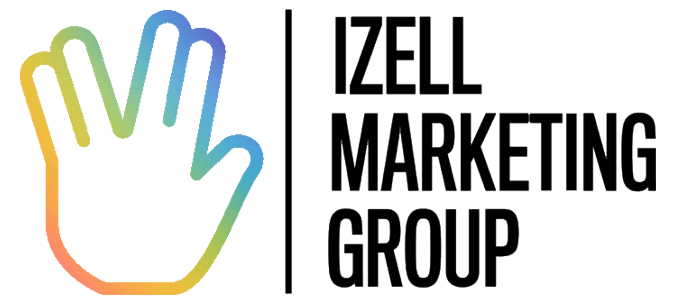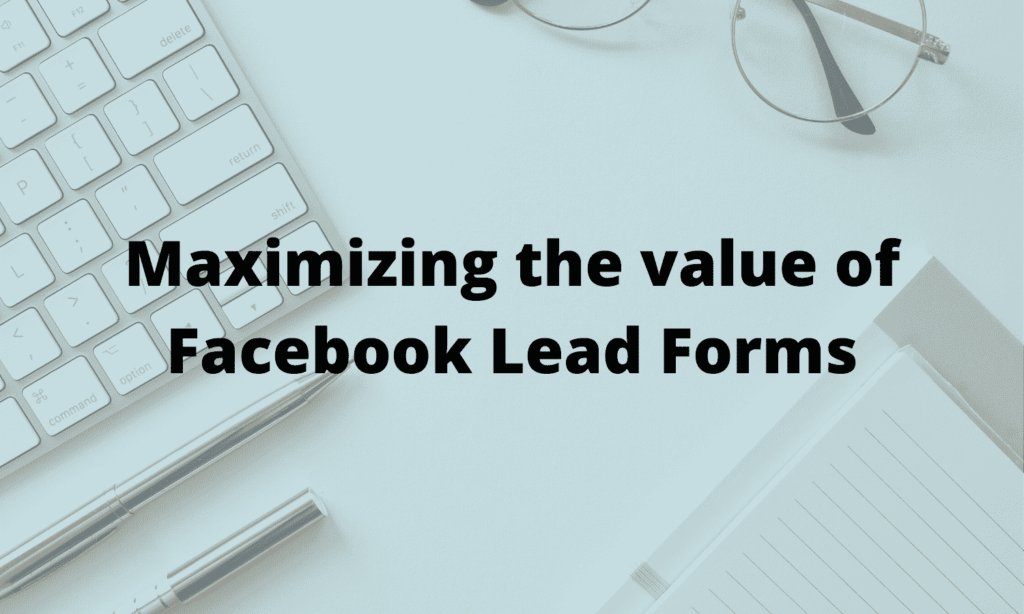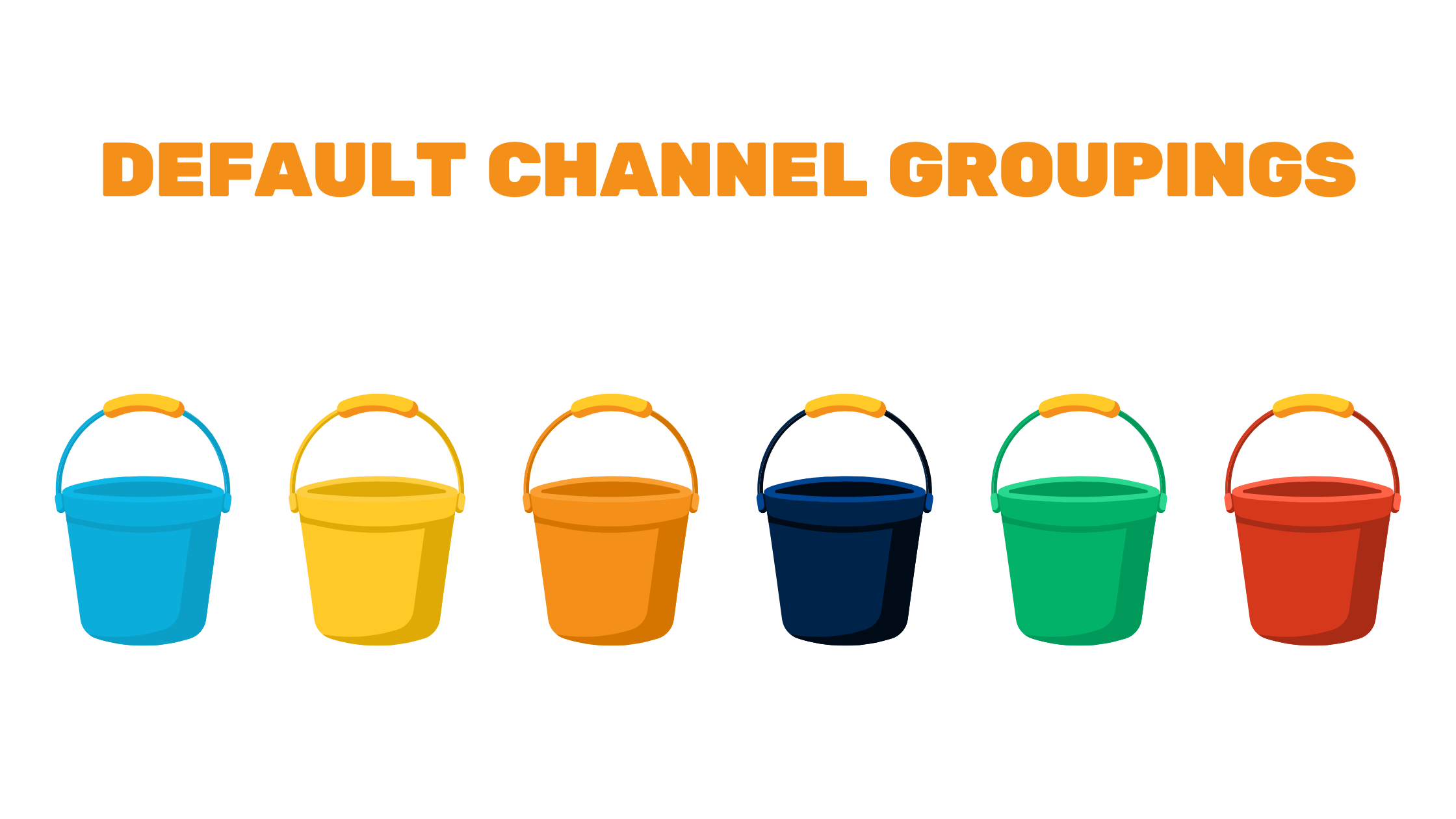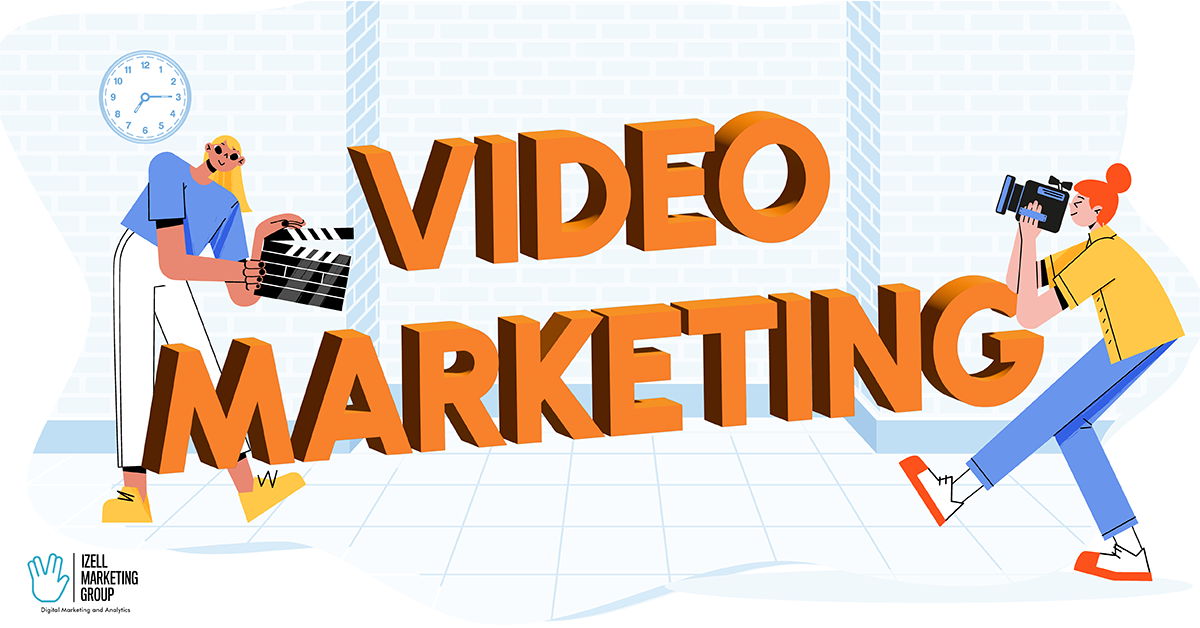When it comes to deciding which type of platform or campaign makes the most sense for your marketing efforts, it’s important to first define what you are trying to accomplish. Are you selling a product? Are you wanting people to sign up for an event? Are you building awareness of a service you offer? If you answered yes to one or more of those questions, Facebook lead forms could be a great marketing strategy for your business (if done correctly).
The primary goal of Facebook Lead Forms is to help generate quality leads for your business. Lead generation campaigns increase the size of your email list through carefully crafted ads that then nurture the audience into taking an action. When using this type of campaign (or any campaign for that matter), it is very important to make sure you have clearly mapped out your game plan from the beginning. Defining your target audience, company goals, budget, etc. is essential for any Facebook lead generation campaign; all these are factors that play a huge role in marketing success.
Below are the 5 I’s that we use for outlining how to create and correctly implement Facebook lead forms for our clients.
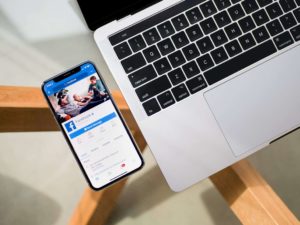
Intent
In digital marketing, the intent of your campaign’s audience needs to be clear before deciding which platform makes the most sense for your goals. What is the intent of someone who sees an ad on Google vs Facebook? Were they already specifically looking for you or are they seeing you by chance? Each platform has a purpose, and it’s important to define this early on when you are deciding which option makes the most sense for your marketing strategy.
Facebook is primarily known for building brand awareness. For that reason, it has historically converted at a lower rate than that of Google, a search intent platform. It is important to keep that in mind as you think about how lead generation can help increase your customer base and revenue goals. The beauty of Facebook advertising is all in the targeting and how best to get in front of your most relevant audience. By doing so, you may find that Facebook can offer a higher return than that of search engines.
Interest
Facebook allows you to create your audiences based on the interests people have. For instance, if you are a small business that sells sustainable goods, you could advertise to people who are interested in sustainability, sustainable living, health and beauty, etc. and also show interest in small businesses. The more defined you can make your audience, the better you can craft your content and messaging.
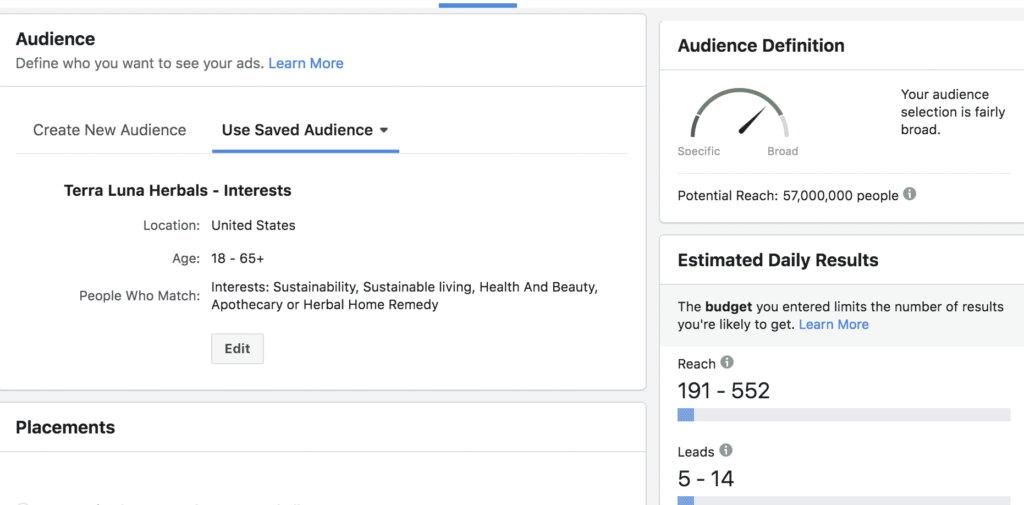
Incentive
Along with establishing your target audience, it’s important to make sure you define your incentive or call-to-action (CTA). This could be a discount code people given to users for signing up, but it could also be providing more specific information about the company or a way to directly get in touch with someone for more information.
When creating any lead generation campaign, micro conversions (also CTAs) are a great way to expand your potential customer list at a lower cost. The goal is to help create enough incentive for your target audience to sign up and ultimately increase your revenue through very targeted content.
Integration
The direct connection between Facebook and any email marketing platform is essential for ensuring accuracy and ease of use. Before enabling any new lead forms, first confirm that all fields match up. You want to make sure that the information you are asking for is relevant to what you need. Being able to understand the flow of how you will nurture these leads needs to be done from the beginning, therefore all data should be correct and ready to go.
Implementation
With any new campaign, it is important to test and optimize for the best results. You can normally see within a week or so if a campaign is working, but how are you measuring that success? Realistically, how much are you willing to spend per lead? If it’s minimal, then it is important to set these goals early on and monitor campaign performance carefully.
The implementation of any Facebook lead form campaign comes from the structure created from the beginning. The ultimate goal in any lead generation campaign is to lower your cost per lead and increase the quality. By doing this, you can spend less and increase the amount of leads.
